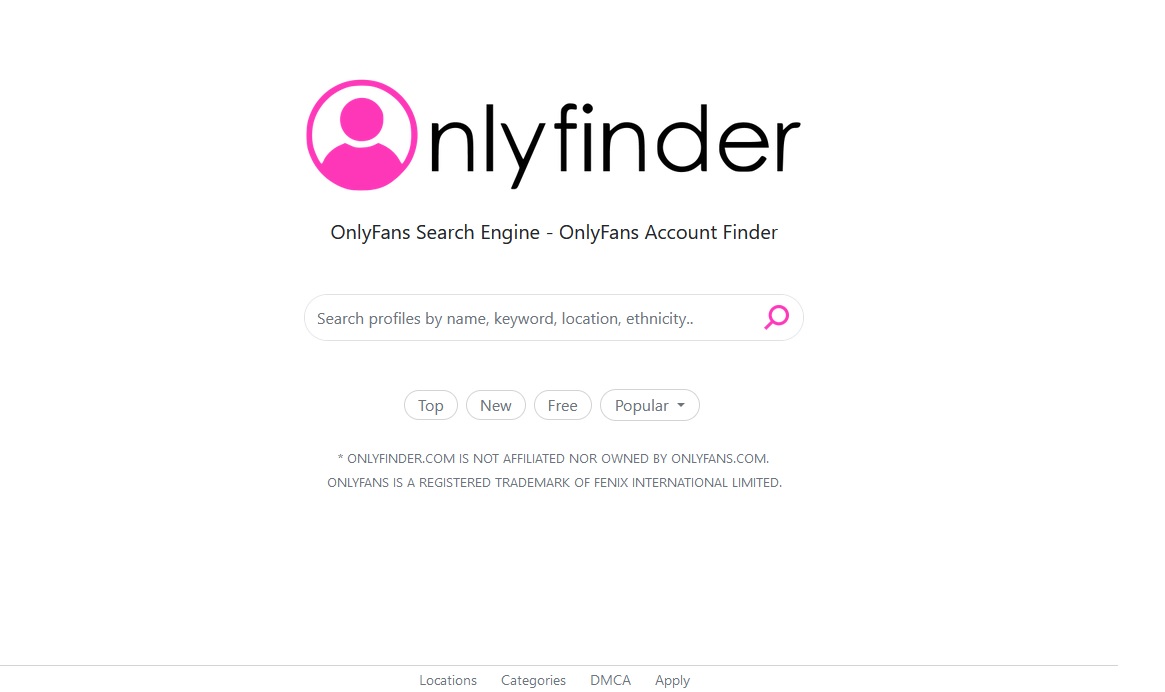In an informative and helpful webinar Ofir Agasi, Director of Product Marketing at Cato Networks and enterprise networking expert and analyst Jim Metzler from Ashton, Metzler, and associates discussed the current state of WAN. The webinar is still accessible by registering to view the recording here.
Here are a few important points Ofir and Jim discussed:
Jim shared research from his recent study into the current drivers and inhibitors for WAN transformation and the deployment of SD-WAN. Ofir expanded the discussion by explaining how Cato addresses WAN challenges, including showing Cato’s SD-WAN offering.
Traditional WANs weren’t designed for a dissolving perimeter. The days when users and data only resided on the premises of a corporation are gone as the cloud and mobility are growing in commonality along with the need for WAN to increase in agility and security. It’s also important for cost structures to adapt.
Part of Jim’s research highlighted that customers are concerned with MPLS. For MPLS services, customers were most concerned with latency, cost, and uptime while lead time to implement new circuits and security was lower on the list of concerns. The greatest concern with Internet services, however, was security.
Cato found similar results in their survey about the most important drivers to improve the WAN. Survey responses indicated that connectivity costs topped the list. MPLS costs can vary up to 5x the cost of Internet bandwidth. This high disparity in costs of bandwidth makes backhauling internet traffic unreasonable.
Because of this more companies are looking for solutions that avoid the backhaul and use direct internet access links to put internet-bound and cloud traffic directly into the internet. This becomes very important as business programs such as Salesforce, Office 365, and Box shifts to the cloud.
Security was listed as the second most important driver for WAN improvement which was very different from Jim’s finding with MPLS services. This makes sense because MPLS has a secure service because of traffic separation.
MPLS doesn’t allow more than one customer organization to ping, traceroute or otherwise discover at the IL layer resources on another customer network.
After this separation MPLS services don’t offer any security components enterprises need to stay protected.
MPLS Lacks:
- Native encryption
- Protection against malware
- APTs
- Segmentation
Without segmentation, MPLS doesn’t prevent users in one remote office from accessing the rest of the organization’s network.
Which of the drivers below is most important to improve your WAN?
While companies have traditionally accepted the limitations of MPLS, most likely because of costs and low risk of internet attack. WAN security built a closed environment with a perimeter firewall.
This protected WAN from the internet, but the security threats have shifted, and insider threats are more common. Internet attackers know how to get past firewalls. Since WAN doesn’t offer segmentation a virus will spread from an obscure field to every area of an enterprise.
Businesses who have the ability to filter and shift to the cloud, especially as data travels across the globe understand that security plays a vital role with respondents in improving the WAN and overcoming the traditional problems associated with WAN such as long provisioning times and high costs.
This is why companies are attracted to the options Cato offers. With networking and security integrated together to form the Cato Cloud organizations are able to securely leverage the benefits of the internet with fewer issues.
Ofir spent time on the webinar demonstrating Cato’s SD-WAN offerings in detail. You can see how this option is superior to WAN and MPLS for yourself when you view the webinar in full. Check it out for yourself and let us know what you think!









Add Comment